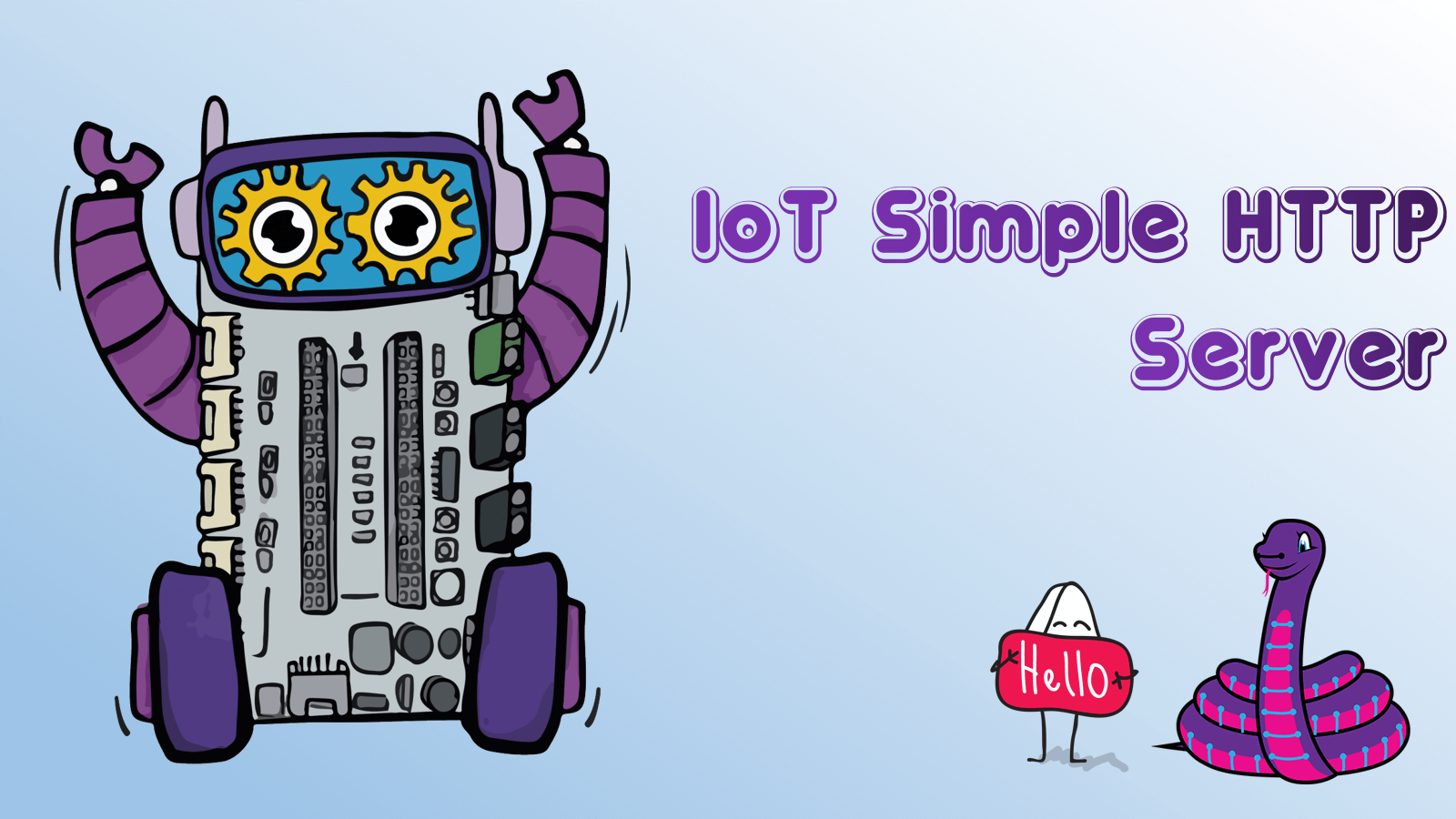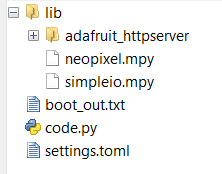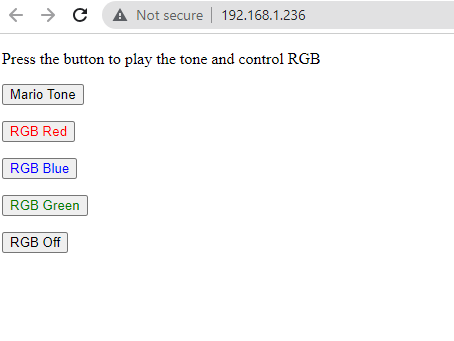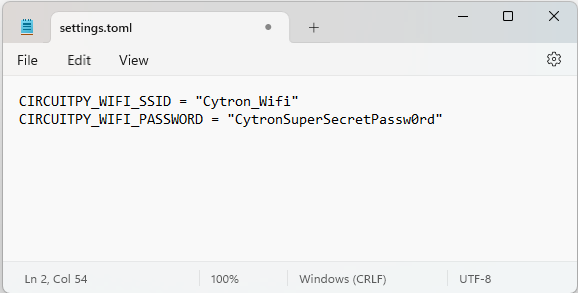Your shopping cart is empty!

IoT Simple HTTP Server
- Abdul Salam A Haris
- 11 Jul 2023
- Tutorial
- Beginner
- 746
In this tutorial, we'll be using a Robo Pico and a Raspberry Pi Pico W to create a simple HTTP server. Our final result will be a web page on localhost that can control the buzzer and NeoPixel RGB on the Robo Pico via various buttons.
Setting up Your WiFi Connection
Firstly, we need to connect your Raspberry Pi Pico W to the internet by editing the 'setting.toml' file. This file should include your WiFi's SSID (the name of your WiFi network), and your WiFi password. Make sure your WiFi is operating at 2.4 GHz, as Raspberry Pi Pico W may have trouble connecting to 5 GHz networks.
In the 'setting.toml' file, you will see lines like these:
CIRCUITPY_WIFI_SSID = "your-ssid-here"
CIRCUITPY_WIFI_PASSWORD = "your-ssid-password-here"
Simply replace 'your-ssid-here' with the name of your WiFi network, and 'your-ssid-password-here' with your WiFi password.
The CircuitPython Code
First, you'll need to copy the files from the 'IoT_Simple_HTTP_Server' folder on Github and paste them onto your CIRCUITPY drive.
Below, we've provided the CircuitPython code you'll need for this project. It includes functions for playing tones on the buzzer and controlling the color of the NeoPixel RGB LEDs on your Robo Pico.
Flash the codes to your Raspberry Pi Pico / Pico W. And your CIRCUITPY drive should look like this:

Library file(s) required:
adafruit_httpserver folder, adafruit_neopixel.mpy, adafruit_simpleio.mpy
File(s) required:
settings.toml
Next, we're going to run the provided code. When this code runs successfully, a link will appear.

Opening this link will take you to a web page with several buttons. Each button has a unique function that interacts with the Robo Pico board.

You've now set up a simple HTTP server that interacts with your Robo Pico and Raspberry Pi Pico W. As a next step, try adding more functionality to the web page or integrating other IoT devices. Happy experimenting!
Hardware Components
Robo Pico
$14.90 $14.90
 International
International Singapore
Singapore Malaysia
Malaysia Thailand
Thailand Vietnam
Vietnam

